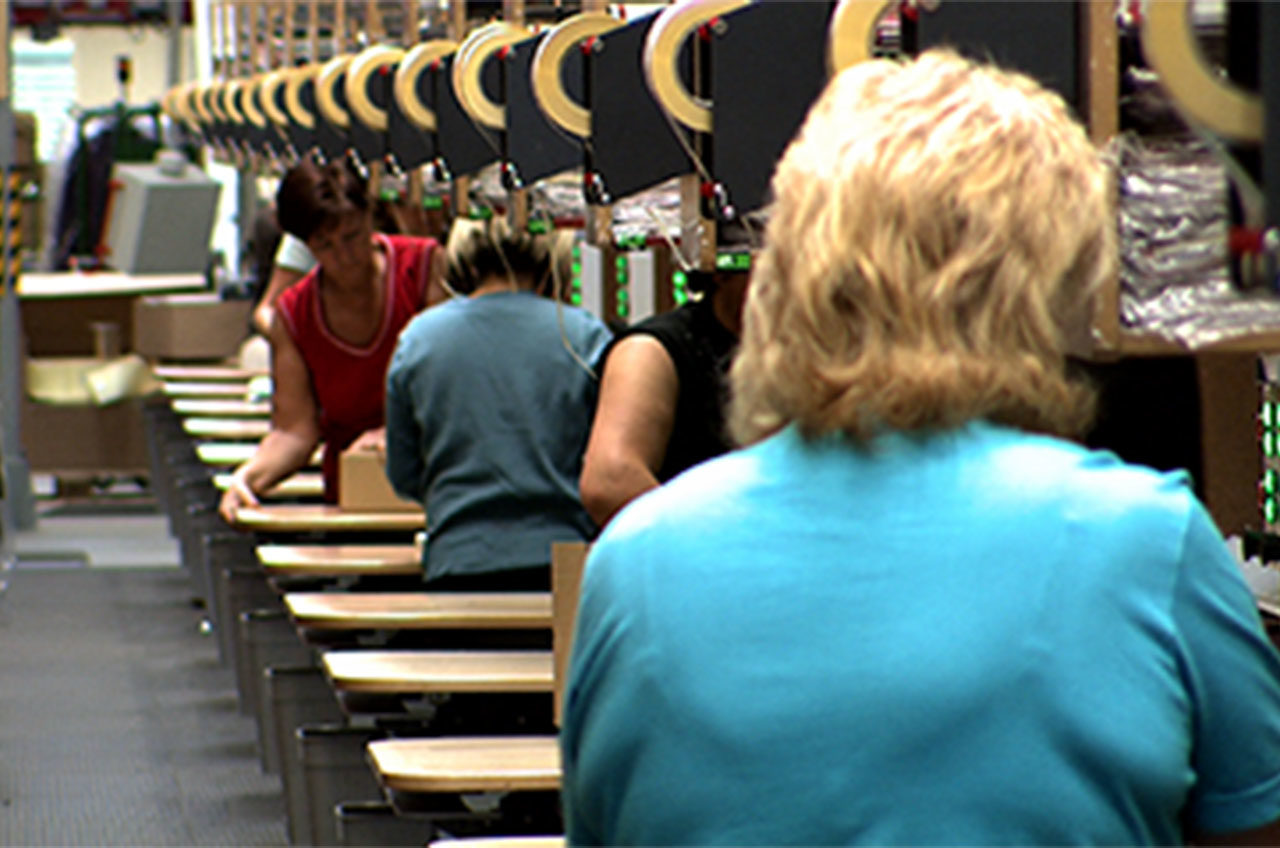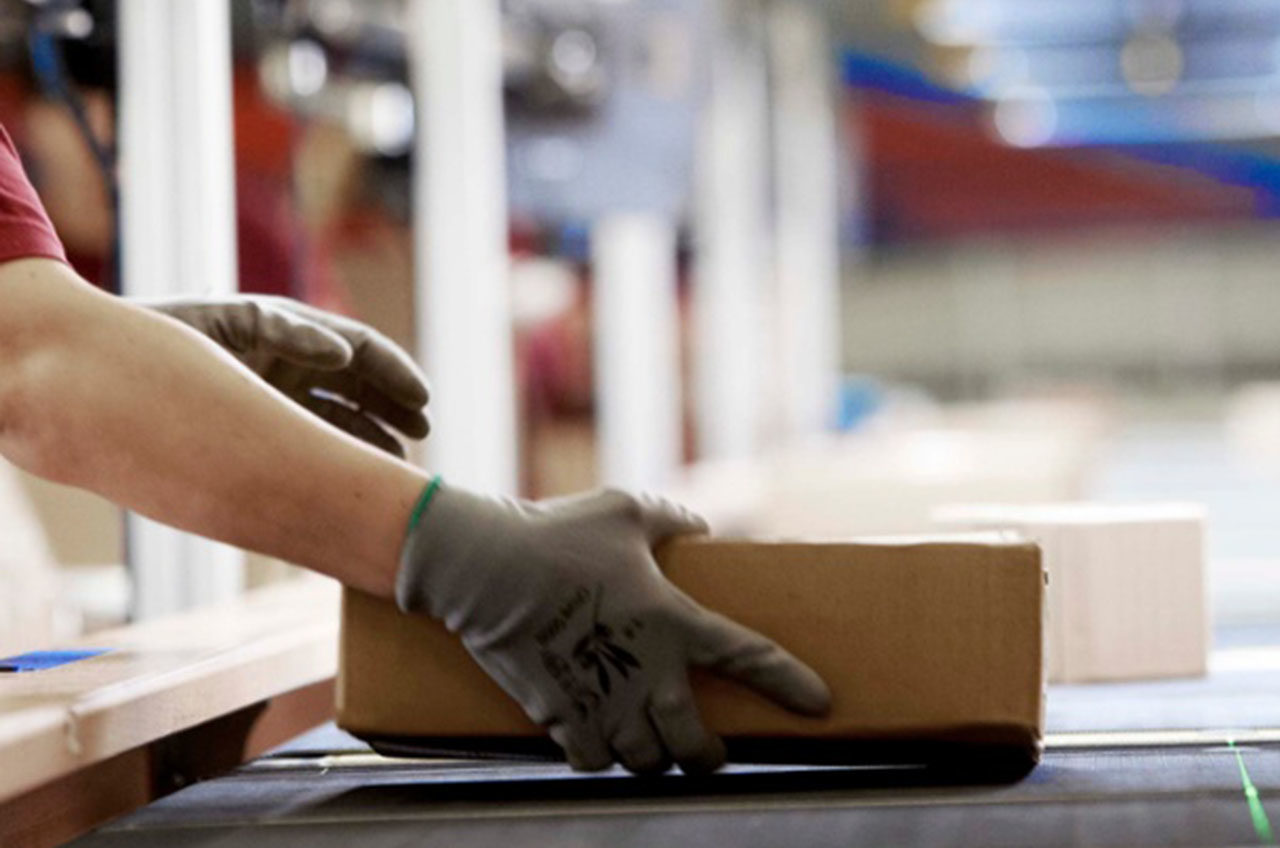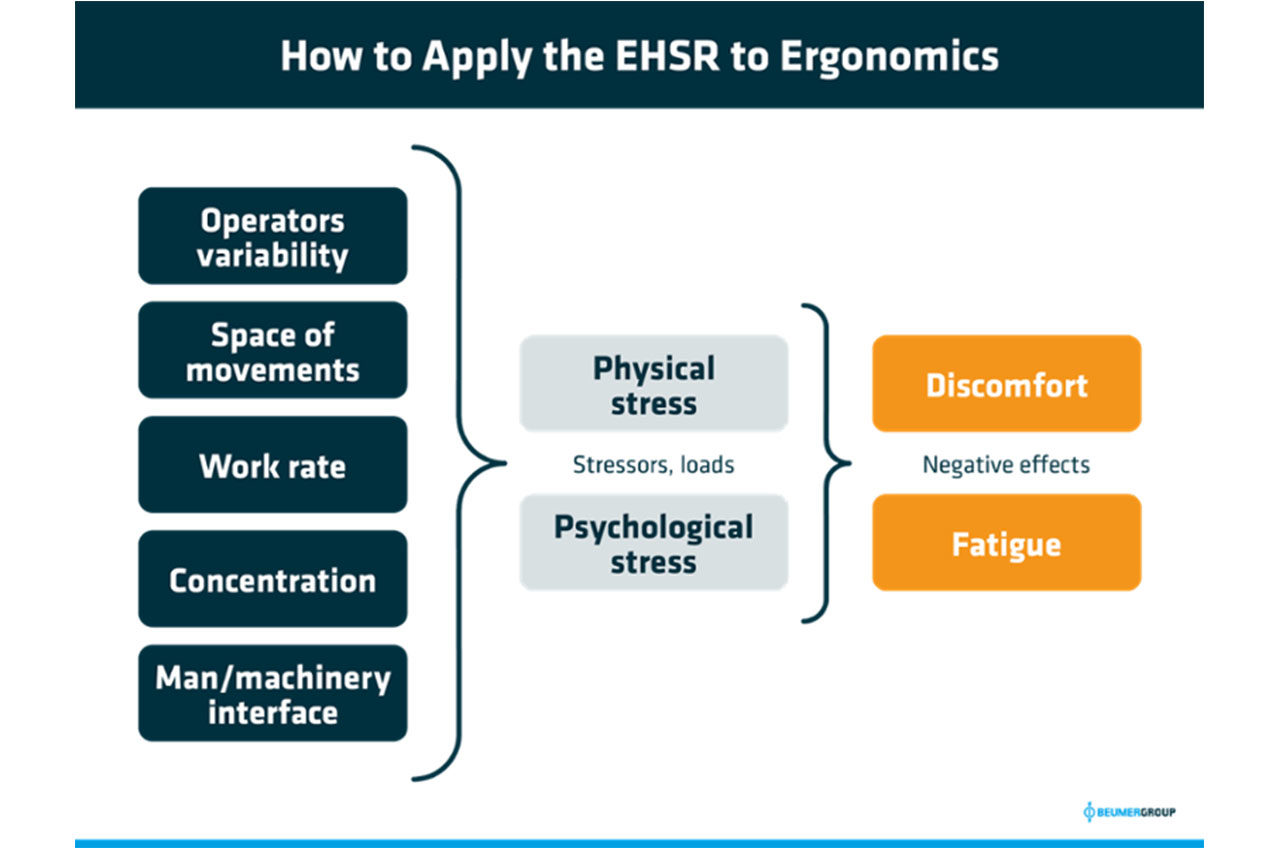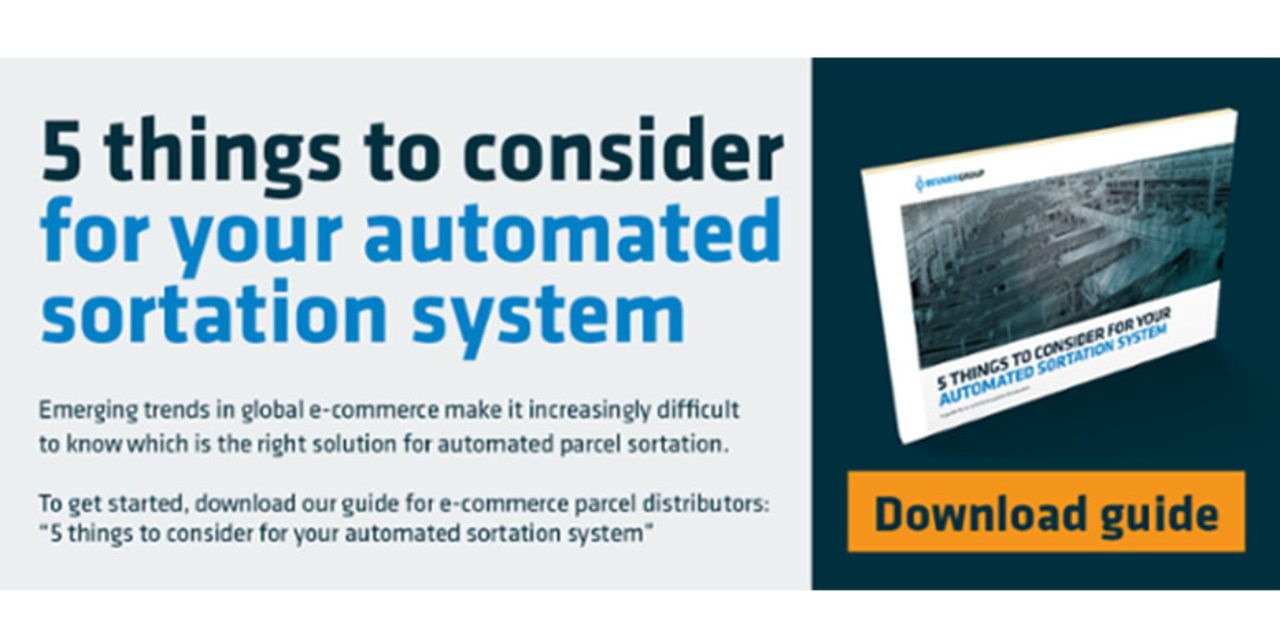By Jørgen Staun
With the steady flow of shipments moving at high speeds and the constant risk of parcels piling up, being an operator in the highly competitive CEP industry can be physically demanding. If the work environment is unhealthy or unsafe, parcel processing can be stressful, and under such conditions, no operator will last very long. CEP companies have no interest in wearing down their workforce.
Why ergonomics is important to CEP companies
Attracting and retaining operators
Under favourable economic conditions, when unemployment rates are low, skilled and reliable operators are hard to come by, and replacing staff is costly. CEP companies are increasingly paying attention to retaining valuable staff – and attracting new hires – by designing work environments that are safe and less taxing. In this regard, ergonomics is not just about designing workplaces to a minimal safety standard, it’s also about ‘humanising’ workstations, for example by making room for personal belongings on the production floor.
Compliance
On a global level, regulations for work environment safety and health are generally becoming stronger. For example, most countries have regulations for how much weight an operator can carry, for how long and how far operators can extend their arms while carrying something. In order to be CE certified, distribution centres in the European Economic Area need to comply with the EU Directive on machinery, which includes directions specifically about ergonomics.
Efficiency
Sortation efficiency and workplace safety are not opposites. In fact, ergonomics is, by definition, about ensuring through design both the efficient and safe interaction between people and items.
With the increasing level of automation that has happened in manufacturing and logistics since the sixties, researchers and engineers are paying more and more attention to how to best adapt human processes to the unyielding work of machines.
While it’s human nature to work at varying speeds, during a workday for example, automated systems never rest or slow down. Ergonomics can help support workflows that can be performed at a moderate pace over a longer period of time without exhaustion.
Ergonomics research also contribute to the innovation of sortation systems themselves. For example, when calculating the right ergonomic position for a new type of sortation system, we at BEUMER Group found that a certain movement performed by operators when handling rest mail parcels, could in fact also optimise the position of parcels for camera or scanner recording. This reduced the number of “no reads” in the system, enabling both more automated sortation and less physical handling of problematic parcels.
Read more about how distribution centres can handle “no read” parcels.








